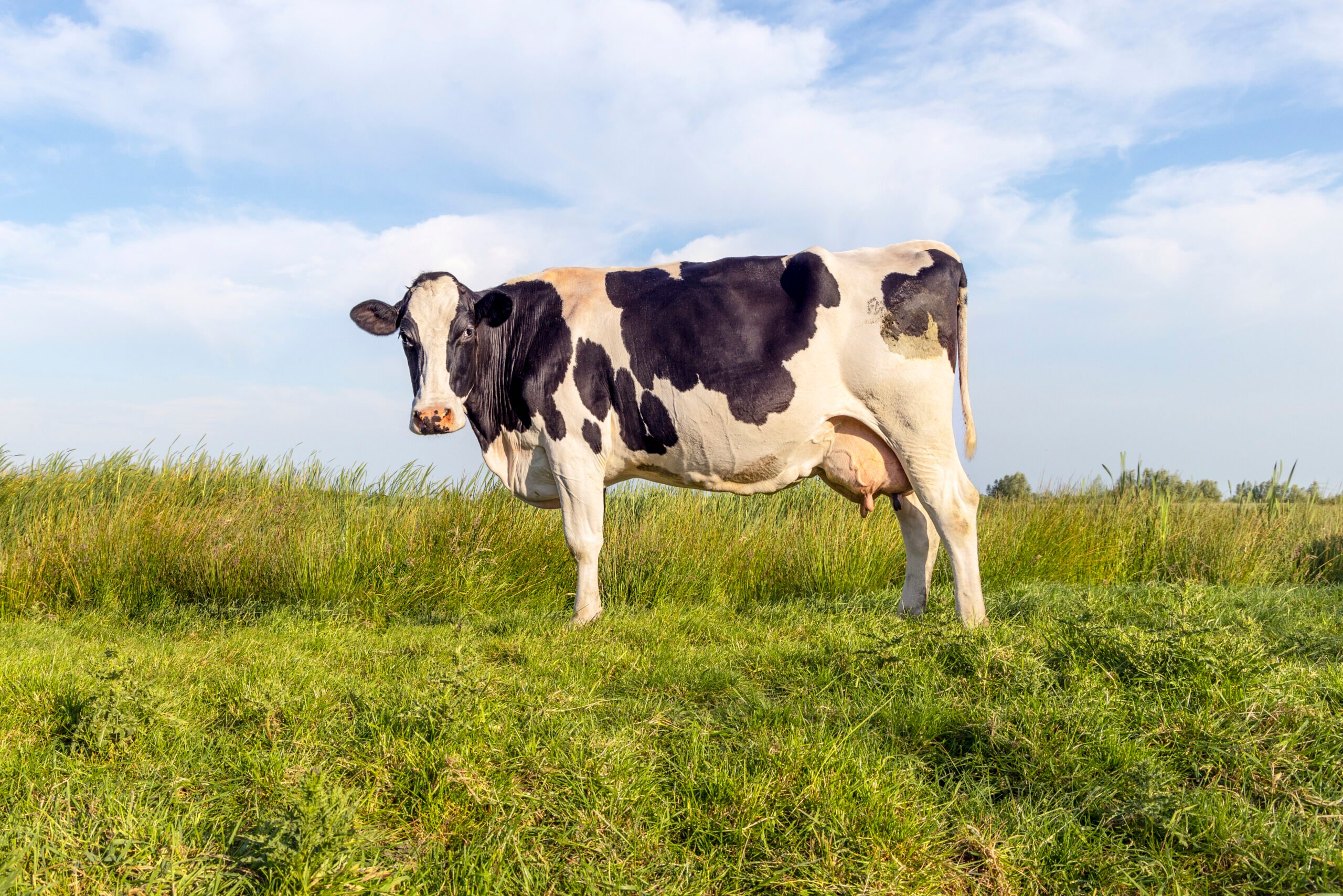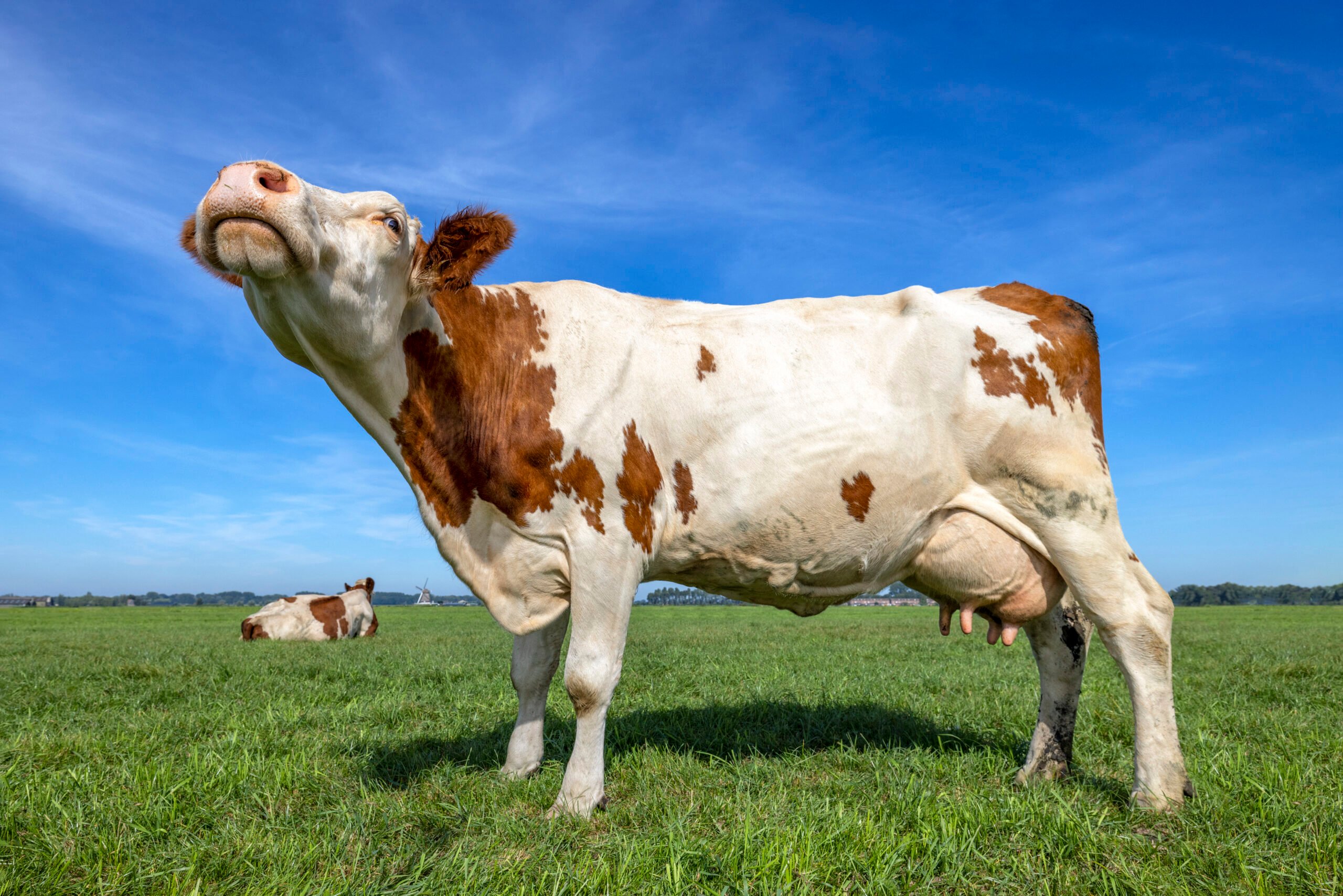What is mastitis?
Mastitis is a prevalent and economically significant disease in the dairy industry, affecting the udder of cattle. This condition can lead to substantial losses in milk production, increased veterinary costs, and premature culling of affected animals. Mastitis is primarily caused by bacterial infections, although fungi (yeast) can also be involved. The most common bacterial pathogens are Staphylococcus aureus, Streptococcus uberis and Escherichia coli. These pathogens can enter the udder through the teat canal, often during milking, or from environmental sources such as bedding, contaminated water, or milking equipment.

Mastitis can present in two forms: clinical and subclinical.
- Clinical mastitis: Visible signs include swelling, redness, heat, and pain in the udder, along with changes in milk appearance such as clots or discoloration. In the most severe cases, clinical mastitis can be fatal for the cow.
- Subclinical mastitis: This form is more insidious, with no obvious symptoms. It is usually detected through increased somatic cell counts in milk or bacterial cultures
Economic and environmental Impact
The economic and environmental impact of mastitis are significant:
- Reduced milk production: Infected cows produce less milk, and the quality of milk is often compromised.
- Treatment costs: Expenses for antibiotics and supportive care can be substantial.
- Premature culling: Severely affected cows may need to be culled earlier than planned, leading to loss of valuable livestock
- Reduced fertility: Mastitis is also known to significantly alter reproductive performances in dairy herds.

It is estimated that each cow suffering from mastitis loses 5% of her annual production. On a global scale, the quantity of milk not produced or eliminated can be counted in billions of litres. In Europe, for example, annual losses due to mastitis are estimated at around 1.6 billion litres of milk. As a result, more animals are needed to produce the same amount of milk for human consumption, leading to an increase in greenhouse gas emissions.
Management and Prevention
Effective management of mastitis involves a combination of treatment and preventive measures:
- Hygiene practices: Maintaining clean and dry bedding, proper milking procedures, and regular cleaning of milking equipment can reduce the risk of infection.
- Regular monitoring: Regularly checking somatic cell counts and conducting bacterial cultures can help in early detection and management of subclinical mastitis.
- Treatment: Prompt treatment with appropriate antibiotics can help manage infections. However, care must be taken to avoid antibiotic resistance. In some cases of non-severe mastitis, treatment with non-steroidal anti-inflammatory drugs alone is an effective alternative to antibiotics.









